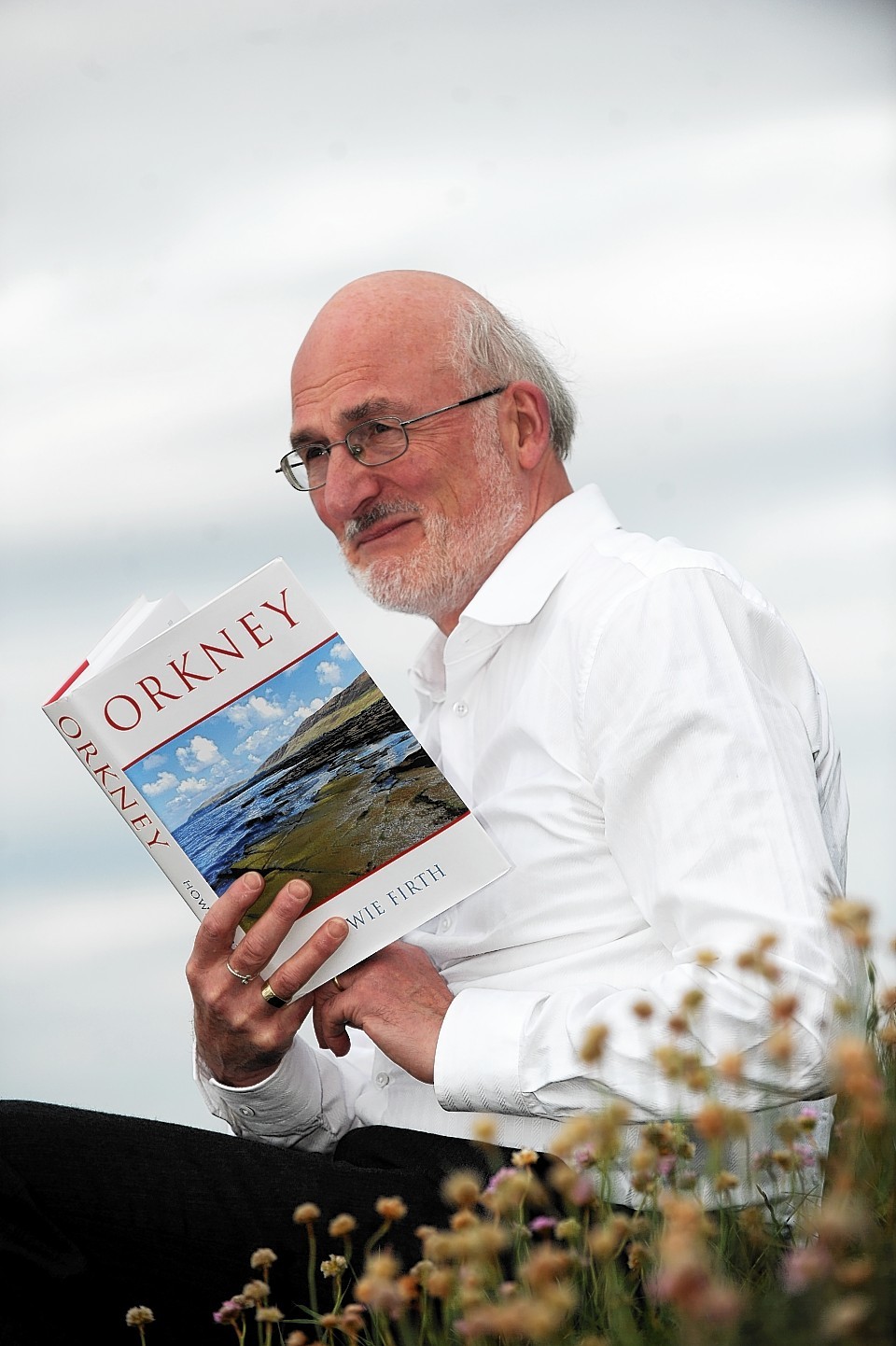A new book from a Moray based author has put forward radical new theories about the Picts.
In Howie Firth’s book Orkney he argues that theories up to now of the origin of the Picts fail to take account of a number of key facts.
Mr Firth notes that the people of Scythia – grassland between Ukraine and Central Asia – were the greatest horsemen in the ancient world, much in demand for their military skills.
He said: “Strangely a number of Pictish stones in Scotland show horses carrying out movements that have been identified as sophisticated equestrian skills – the kind that are used in cavalry training.”
He notes that there are historical accounts of the Romans deploying Scythian cavalry in Britain and that the first historical mentions of the Picts are several decades after a very unstable time when the Romans had to cope with a massive assault from the north.
Explaining Moray’s relevance to this era Mr Firth said: “Moray is the key to so much of that period and there are some unusual aspects to Burghead that needs further investigation.
“Excavations at Birnie, near Elgin uncovered two hoardes of coins.
“During an excavation in 2012 at Clarkly Hill, near Burghead, finds included Roman brooches and a scatter of Roman silver coins.”
In Mr Firth’s book he also explores new ideas about the origins of the Norse Settlers of the northern isles in the Viking Age, and looks further back at the possible origins of the people who built the stone circles in Orkney.
Mr Firth was brought up in the village of Stromness and moved to Moray 15 years ago.
In 2003 he was awarded an MBE for his services to popular science.
Mr Firth will speak at Hopeman Memorial Hall on Thursday, June, 19 at 7.30pm.
Tickets are available from Costcutter Hopeman and there will be available at the door.
